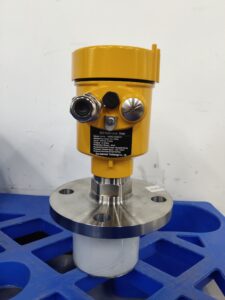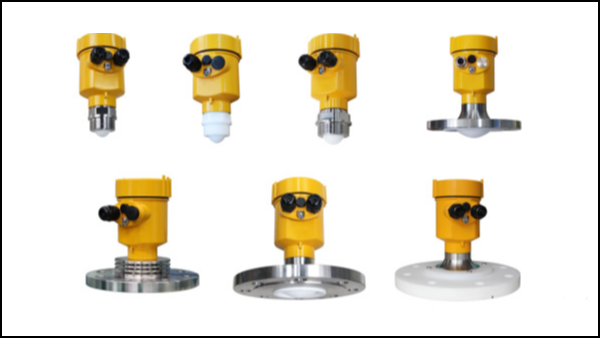In the food industry, the accuracy of radar level meters is a mandatory requirement from a taste point of view. But is it enough to consider only accuracy? The answer is of course no.

Whatever the industry, the first factor to consider when choosing a radar level meter is the working conditions, which can also be understood as the medium, storage container, and the surrounding environment.
The media measured in the food industry are generally liquids, pastes, and granules. Some of these media come with dust, some with agitation devices, some produce condensation, and some processes produce steam, foam, etc. From this point of view, when we choose a radar level meter, we must first focus on what the measurement medium is and what phenomena it produces in the process.
Having said that, let’s look at the storage containers commonly used in the food industry. For now, there are grain silos, silos, process tanks, and lying tanks. Different storage containers, with different specifications, naturally have different ranges. When we choose a radar level meter, in addition to considering the characteristics of the medium in the process, we also have to consider the range of the vessel. For example, if the measuring vessel has a range of 30 meters, the radar level meter you buy has a measuring range of 20 meters. In this way, the emitted microwave pulses will not reach the surface of the medium at all, and naturally, the relevant data will not be available.

The medium and storage container are important in the selection of the radar level meter, and the environment in which the radar level meter is installed, we should also pay attention to. For example, if the meter is installed outdoors, we should pay attention to rain and sun protection.
The food industry is an industry with relatively high accuracy requirements, we choose the right radar level meter, and we should also choose the right location to install.
Firstly, if it is a guided wave radar level meter, the installation must keep a certain distance from the inlet and outlet, otherwise, when feeding and discharging, it will interfere with the signal and affect the accuracy of the measurement.
Secondly, if there are obstacles in the storage container, interference signals will be generated and wave guide tubes need to be added for measurement.
The choice of radar level meter, in the industry, is different, but the point of consideration is the same, that is, the working conditions.
